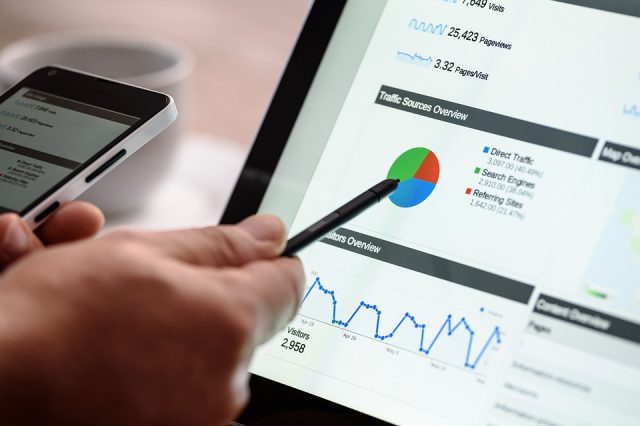Reporting smarter, not harder: embracing digital
By Jonny McCaig, Global Reporting Director at Unilever
As we put the finishing touches to our latest Sustainable Living Report (released in early April), it’s a good time to reflect on the bigger picture – the current and possible future state of reporting.
Far from a being peripheral communications activity, reporting has cemented itself as a central plank of most companies’ sustainability communication efforts – not just for investors, but increasingly for other audiences who are hungry for sustainability information – everyone from ESG raters and NGOs to customers and consumers.
This has placed new demands on the sustainability reporting profession – the need to tell a good story, to communicate the essence of the brand (or in Unilever’s case brand and brands), and to articulate how sustainability fits with the company strategy and overall purpose. These are all very encouraging developments and point to the continued mainstreaming of reporting as a discipline.
At the same time, we’ve seen a redefinition of what constitutes a ‘sustainability report’ – less so the annual report, whose purpose has remained fairly constant. Most companies still produce a PDF – we’re told that this is still the preferred format of the users of reports. But in the digital age, with information available at the click of a mouse and demands for disclosure all year round, isn’t it time we fully embraced a more dynamic version of reporting?
We’re not advocating real-time reporting – it’s questionable what value that would serve. For us, smarter reporting is about giving what our audiences want – relevant and high-quality disclosure.
Several years ago, we moved to a digital-first sustainability reporting approach, to help achieve this. Our aim is to provide our audiences with content organised around the Unilever Sustainable Living Plan, in an engaging format not dissimilar to a good-quality online newspaper. Since then, we have been optimising the content and functionality of our report, to increase engagement with our content across a wide range of topics, from plastic packaging to palm oil.
We want our reporting to work on two levels: firstly, as an easily searchable and navigable information repository for those audiences who are looking for detailed information on our most material issues and a transparent account of progress against our sustainability commitments; and secondly as a visually rich content hub to help people make decisions– whether that’s to apply for a job, to buy one of our products or simply to put their trust in us.
We still have a ‘go live’ date when the bulk of our content is published, but given the continuous evolution of strategies and policies across a wide range of material topics, we aim to keep our content fresh and up to date throughout the year. A digital-first reporting approach allows us to do this.
Of course, there is always more we can improve – not least exercising more judgement about how much disclosure we provide on issues that are less material. But on the whole, analytics data shows that our approach increases both reach and engagement. Smarter reporting is digital reporting.
Views of the authors are personal and do not necessarily represent the website’s views.
Source: Corporate Citizenship
Thank you for reading the column until the very end. We appreciate the time you have given us. In addition, your thoughts and inputs will genuinely make a difference to us. Please do drop in a line and help us do better.
Regards,
The CSR Journal Team












